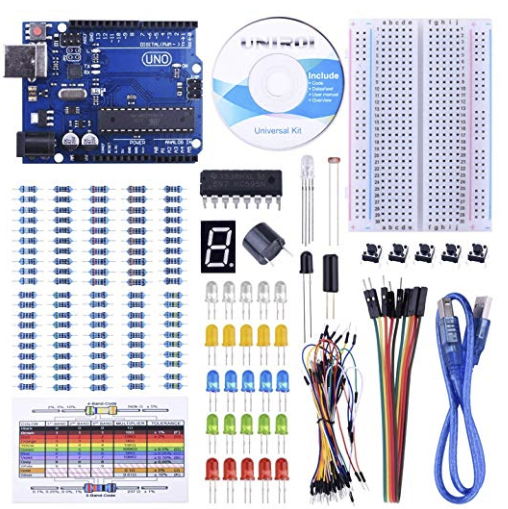Japan Fears IoT Hackers; IBM Offers Security Tips
The government of Japan has decided to enhance its population’s security and privacy by invading it. The lawmakers have passed a new law amendment that will allow officials to hack into its citizen’s Internet of Things devices to compile a list of devices that are prone to hacking.
In a story on fossbytes.com reported that the Japanese National Institute of Information and Communications Technology (NICT) and the Ministry of Internal Affairs and Communications will supervise the security “survey.” The plan is to have the countries wi-fi devices secure before the upcoming Tokyo Olympics in 2020. There were reportedly six major cyber attacks during the London Olympics in 2012, including distributed denial of service attacks on power systems that lasted for 40 minutes.
Beginning in February, the government will test more than 200 million IoT devices, including routers and web cameras, then notify the owners to change their passwords and security information if it is too easy to crack. CNN reported on the plans Feb. 1 to force citizens to create more complicated passwords.
read more at fossbytes.com

An Arduino UNO starter kit contains hardware and a software tutorial to teach beginners about security.
How About Your Security?
Is your device security safe from hackers, including the government? And the more devices that you use, the more opportunity for someone to pay you a cyber visit.
Developer.ibm.com put out a story in November of 2017 with 10 steps to take at home and at work to make your devices more secure.
Below is the list compiled from the article by Anna Gerber. A few are highlighted to introduce you to the 10 steps suggested by the pros.
1. Secure constrained devices
With limited storage, memory and processing, you should have multiple layers of defense when possible.
2. Authorize and authenticate devices
Adopting an IoT Platform that provides security by default helps to resolve these issues, for example, by enabling two-factor authentication (2FA) and enforcing the use of strong passwords or certificates
3. Manage device updates
Read more about securing IoT devices and gateways.
4. Secure communication
5. Ensure data privacy and integrity
6. Secure web, mobile, and cloud applications
7. Ensure high availability
8. Detect vulnerabilities and incidents
9. Manage vulnerabilities
10. Predict and preempt security issues
Below are links to IoT 301: Mastering IoT development. The article is part of the learning path by IBM, which is an advanced developer guide to these wonderful yet hackable devices.
Check out IoT device management
Tutorial: Extend an Iot System
read more at Developer.ibm.com








Leave A Comment